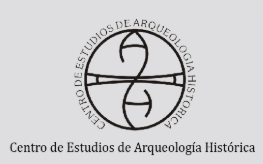El paredón de Junín
DOI:
https://doi.org/10.35305/tpahl.vi7.40Keywords:
urban archeology, Rosario, garbage dumpsAbstract
The city of Rosario, Argentina, from 1880 was immersed in a great process of social transformation. Garbage dumps, as built spaces, are significant to shed light on the way in which social groups -criollos and immigrants- consider the territory, while allowing to study their domestic customs. El “Paredón de Junín” is a large brick wall that surrounded the Central Railway Workshops in the northern part of the city. Against this wall for 100 years garbage of all kinds was thrown. The objective of this work is to show the advances in the analysis of this complex archaeological context (a dump) and then reflect on the relevance of conducting archaeological studies on the construction of cities by the populations of Rosario in the 19th and 20th centuries.







